
Credit: Ralph Daily from Birmingham, United States, CC BY 2.0, via Wikimedia Commons
Many evolutionary advances, like big brains, have given humans an advantage over other animals. Perhaps one of the least appreciated is the thumb.
Specifically, the opposable thumb--meaning opposite our fingers--with the ability to touch each finger across the palm, enabling our hands to manipulate small objects.
Around 400,000 years ago, Neanderthals had opposable thumbs, but they were much less dexterous than those of modern humans, who evolved later, around 300,000 years ago.
Our stronger, longer, more nimble thumbs allowed us the fine motor skills to more easily make and maneuver stone tools, which in turn allowed us to more effectively butcher animals and process grains and other food sources to broaden our diet.
They also helped build our textile culture, spinning fiber into yarn, to sew using needles or weave into fabric, to make clothes to protect ourselves from the elements.
They helped us communicate and create art that built stronger social connections. To pick berries, use fishhooks, and tend livestock.
In short, our opposable thumbs may have made early human technology and sophisticated cultural practices possible. This helped humans to outcompete Neanderthals, and other large predators, and survive difficult conditions—to make it into the modern world.
We take them for granted, but next time you look at your hands, give your two thumbs … two thumbs up.
Background
Synopsis: Humans have manual dexterity because our opposable thumbs enable us to grasp tools and manipulate small objects. Our hominin ancestors adapted to life in trees by developing a grasping hand to hold on to branches. Over time, muscles and ligaments of the thumb strengthened to support precise rotation of the joint as tool use increased. The remarkable dexterity of our hands is yet another thing that benefited early humans in prehistoric times.
- Human thumbs are special—they move differently than our fingers can, making it possible to catch a ball, thread a needle, write your name or give a “thumbs-up” sign.
- Our thumbs are opposable, meaning they can cross the palm to touch the fingertips on the same hand.
- While fingers have a metacarpal bone and three phalanges, thumbs have a metacarpal bone and only two phalanges.
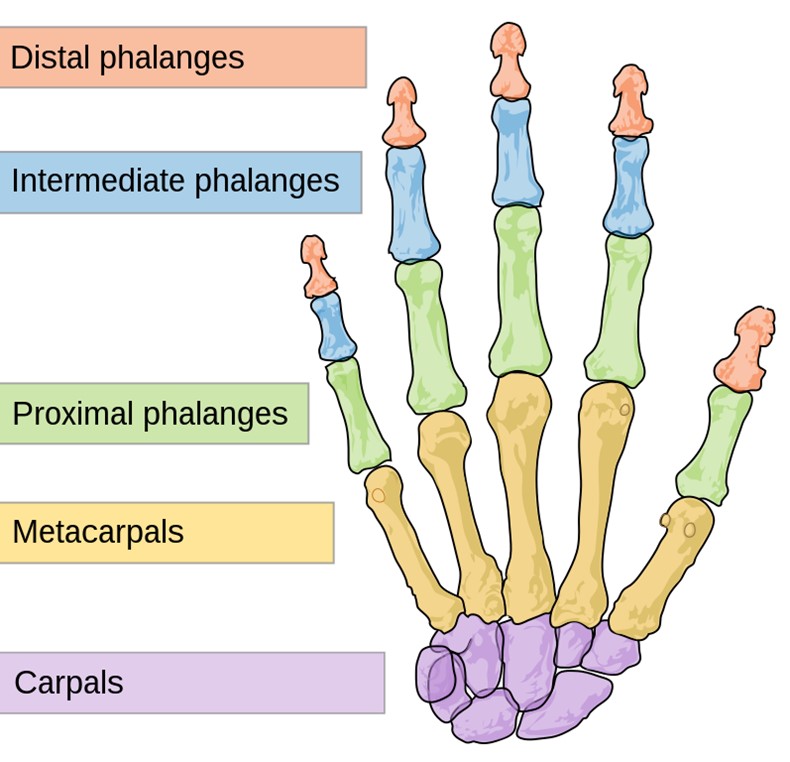
This colored diagram of human hand bones shows the various groups of bones. Our thumbs do not have an intermediate phalange like our fingers do.
Credit: LadyofHats, public domain, via Wikimedia Commons - The joint between the wrist carpals and the thumb’s metacarpal is what allows our thumbs to move in and out, up and down and in a circle.
- This special joint and the muscles and ligaments that control it are collectively known as the trapeziometacarpal complex.
- The muscles and ligaments in the human trapeziometacarpal complex are larger and more highly developed than in other animals with thumbs, elevating the power and precision of our grip.
- Grasping hands with opposable thumbs evolved as an adaptation to life in the trees.
- In addition to primates, opossums, pandas, koalas and some species of frogs have opposable thumbs they use to do things like climb and gather food.
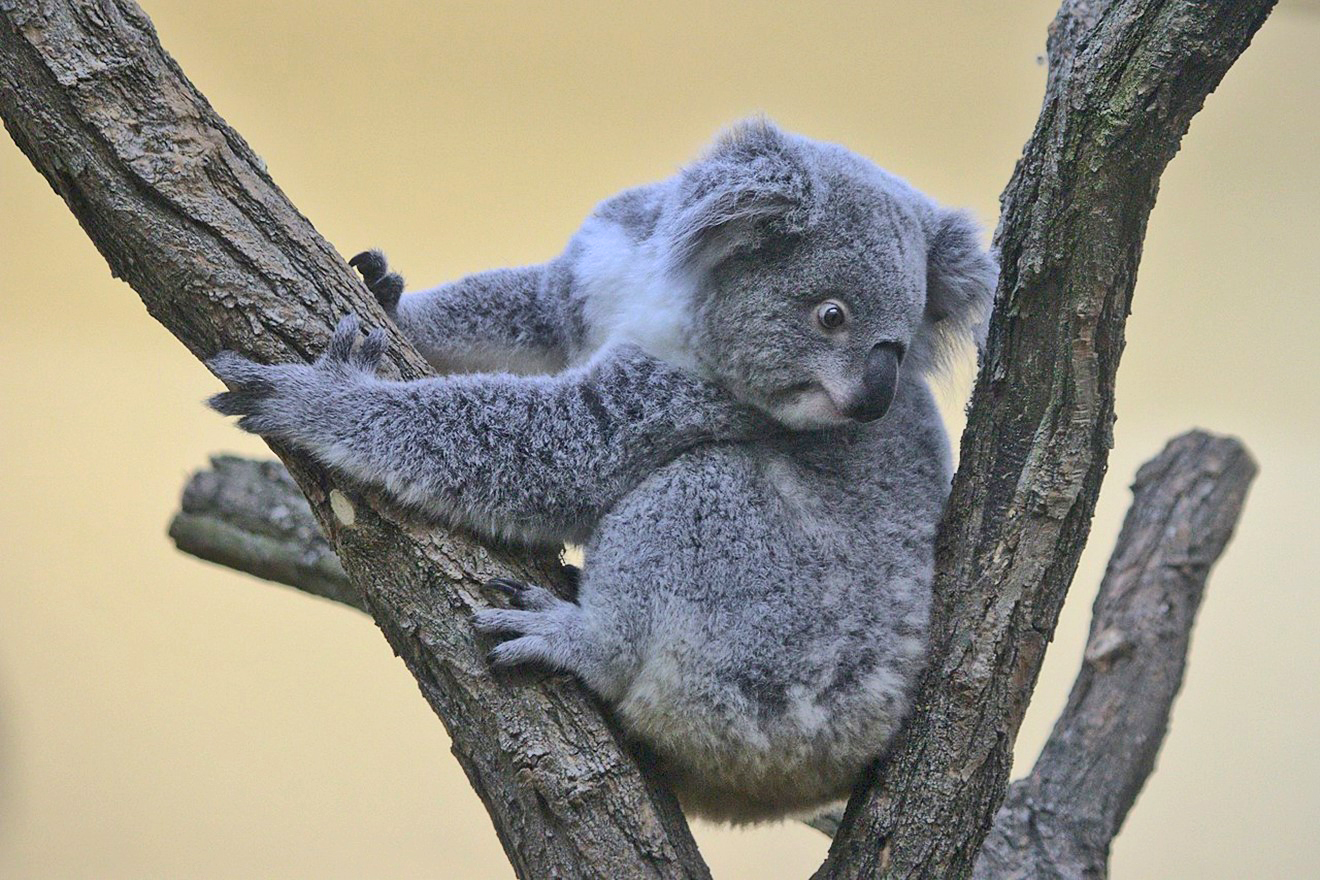
Koalas have two opposable thumbs on each front paw and one opposable thumb on each rear paw for grasping food and maintaining their perches in trees.
Credit: Paul Korecky, CC BY-SA 2.0, via Wikimedia Commons - Thumbs began their evolution about 3 million years ago as hominins grasped branches and held rudimentary tools.
- Most animals with opposable thumbs lost their claws and developed flat fingernails and larger fingertip pads that help to hold on to things by pinching.
- By 2 million years ago, the thumb became more powerful. Some hominins refined their tools while developing the increasingly intricate hand movements required for their use.
- Human thumb bones are proportionally longer than those of any other primate.
- In addition to primates, opossums, pandas, koalas and some species of frogs have opposable thumbs they use to do things like climb and gather food.
- Scientists can assess the strength and precision of the grips of both our human ancestors and living primates by measuring the size and location of the areas where ligaments were attached around the thumb.
- Scientists compared the grip of 50 living humans and a number of chimpanzees to the fossils of 5 early modern humans and 6 different hominin species, including Neanderthals and 3.18 million-year-old Australopithecus afarensis (ED-007 CSI Pliocene: Lucy).
- Three million years ago, the earliest stone tool makers of the Australopithecus genus would have been able to use sticks and unmodified rocks, similar to chimpanzees of today.
- About 2 million years ago, more-powerful thumbs were evident as Homo erectus butchered hunted animals and fish. Their stone tools became more sophisticated and increased the range of foods in their diets.
- Starting about 400,000 years ago, Neanderthals had meatier hands with smaller, flatter bone contact at the joints, making them best suited for squeeze grips using the palm, but they could probably hold sticks. They grasped spears, scraped hides, threaded seashells and painted caves.
- Human hands are slimmer with more-powerful thumb muscles and larger, curved joints that enable a precision grip that is characterized by gripping objects between the pads of the fingers and thumbs. Humans could more easily milk livestock, pick berries, hold a flake of stone to cut meat and sew garments. Our dexterity enabled us to take advantage of a range of dietary resources over our 300,000-year history, an evolutionary advantage.
- But during Earth’s long history, tree-dwelling mammals were not the first to develop opposable thumbs.
- More than 160 million years ago, a pterosaur—a flying reptile—adapted to its environment with opposable thumbs at the ends of its winged forearms.
- Scientists used microtomography (micro-CT) scans to model the fossils from northeast China in three dimensions to ensure the bones were in their original orientation, showing that both clawed hands of the specimen had opposable thumbs.
- Scientists nicknamed the Kunpengopterus antipollicatus fossil “monkeydactyl” because of its monkey-like grip.
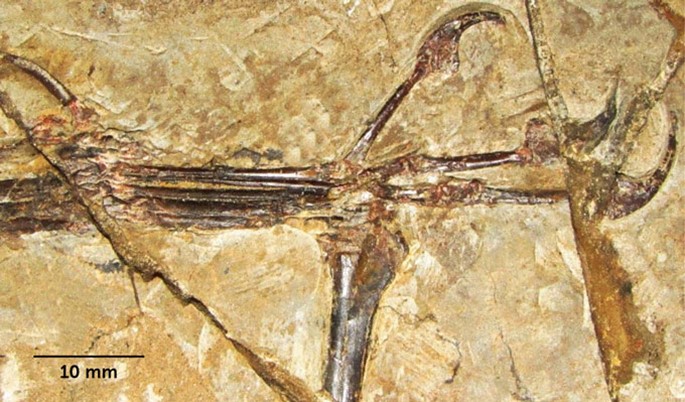
Monkeydactyl’s fossilized hand shows the opposable thumb (pictured, topmost digit) facing the opposite direction of its other clawed fingers.
Credit: X. Zhou et al., Current Biology, 2021
- Thumbs-up is a popular gesture that requires the use of our opposable digit, the thumb.
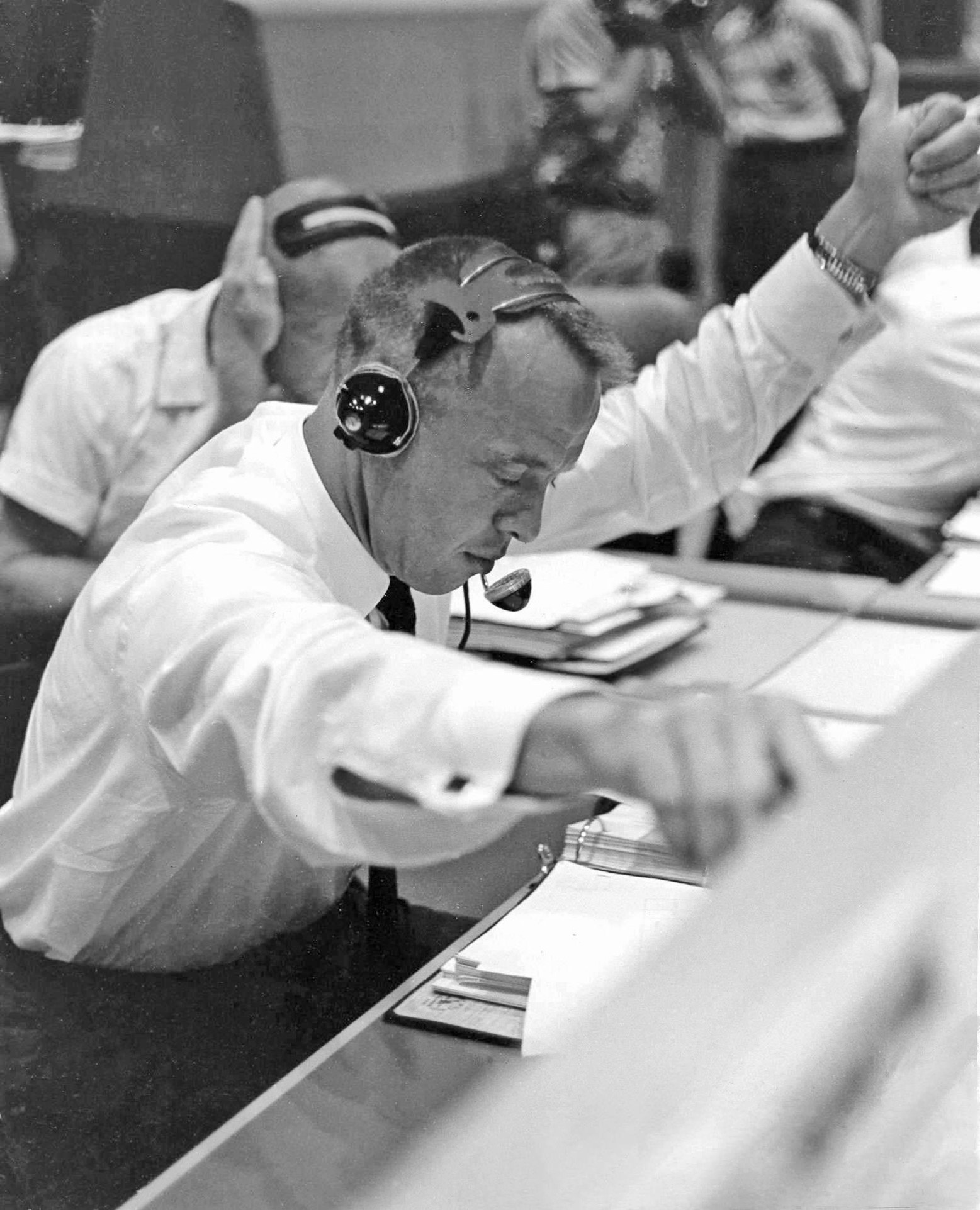
Astronaut Alan B. Shepard indicates success by giving a thumbs-up at the CAPCOM console in Mercury Control Center, during the Mercury-Redstone 4 mission on July 21, 1961.
Credit: NASA, public domain, via Wikimedia Commons- The thumbs-up emoji means “OK,” “awesome” or that you “like” something.
- When you make a thumbs-up gesture, you are indicating success, encouragement, approval or agreement.
- In some cultures, this gesture is considered crude, so use it carefully when traveling.
- If you would like to better understand how important our thumbs are to modern daily life, try taping your thumb to the side of your hand.
- Some people live with the challenge every day. About 1 in 25,000 live human births results in a baby with a five-fingered hand, the digit that would be a thumb has developed as a finger and is called a triphalangeal thumb (TPT).
- These thumbs are nonopposable, so these individuals can’t pinch their thumbs against their other fingers, limiting their ability to use the specialized human precision grip.
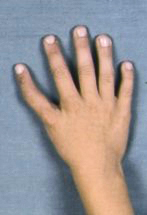
This five-fingered right hand demonstrates a birth defect in which the thumb has three phalanges (finger bones) instead of two. It is known as triphalangeal thumb, TPT.
Credit: Plastische erasmusmc, CC BY-SA 3.0, via Wikimedia Commons

